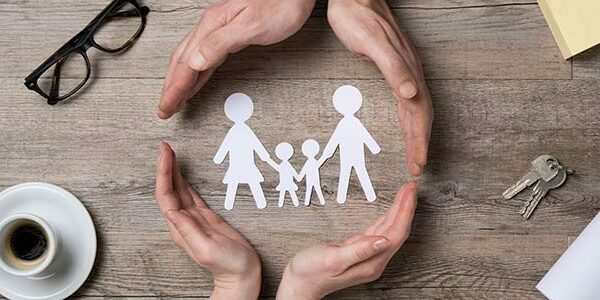
Family therapy focuses on interactions between the family members, the quality of the relationships and various aspects of family development and functioning. Thus, family therapy relies on the systemic assumptions and it has a contextual perspective which emphasizes the role of broader systems such as community, society and culture which our family belongs to.
Why do we need family therapy?
The demand for a life partner is linked with our human nature. It is a necessity not just for reproduction, but also for the psychological and emotional fulfillment of the individual. A human’s everyday life today is influenced by many other additional factors such as society, economy, and politics. Therefore, the family unit has a lot of issues that intervene with the relationship and as a unit it struggles to cope with these while it executes its functions. This is where the need for family therapy comes into the picture.
Family Psychic Apparatus
Freud stated the idea of “psychic apparatus” to explain the presence of mental aspects related to the apparatus’s capability to spread and convert psychic energy. René Kaës borrowed the model of “psychic apparatus” and converted it into “group psychic apparatus,” which refers to the psychic group, supported by a fictitious group, which is looking to become actual by the creation of a real, concrete group. From this idea, the family therapists theorized family group mental apparatus, which originated in the individual ancestral, and the psychic of the individual accumulates the psychic matters of heritage. The family psychic apparatus (FPA) is a contradictory concept that is shaped from both the feelings of the internal group of every single family member and components of a shared psyche together with the group.
What is Psychoanalytic View on Family Therapy?
The psychoanalytic approach to family therapy points out that the dysfunctions of the family are not only related to the behaviors and relations of the members but also are derived from the previous conflicts of the psyche and the needs of each family member. Thus, it would be right to say that the psychoanalytic approach works with both the past and the present. The family’s existing condition and the cycle of life refer to the present; together with the underlying forces of the relationship coming from the family’s origin, which represents the past. Along with this, it can be said that the relations and communication of the family is vital, as the object relations theory suggests, both dyadic and triadic relationships are important to examine. Moreover, it is important to investigate and observe the unconscious displays which were formed in the past, that can be projected from each member in the session. Hence, psychoanalytic family therapy aims to recognize and understand both the conscious and unconscious behaviors of the family members which are dysfunctional by analyzing the projections between the interactions and convert them into a useful method to alter the emotional practice. The therapy can help to clear the unconscious obstructions both between the family members and individuals. By adding the unconscious in the game, the process can expand to dreams and fantasies as well. In order to make sure that the treatment will be effective, the therapist needs to work with both the conscious and unconscious stories of the family that has a role in the development, as well as the attachment between the children and close relatives.
What is the therapist’s role in family therapy?
The family therapy does not focus on the individuals; it focuses on the family and sees the family system as a social unit. So, a therapist must evaluate the conflict or the topic that a family wants to discuss within the context of the relationship, social network, background and culture of a family. Therapist’s role could be to make the family function better and to be able to form a mutual understanding between the couple or the family, while improving their emotional support and make the family gain coping strategies in the context of conflict.
A therapist must create a trusting environment. Each person in the family must be able to improve their self-worth; should be able to make better and self-owned choices, should take responsibility for their actions, behaviors and thoughts. As a therapist, the first step is engaging the family system, which is followed by the therapist being involved in the family and then disentangle himself/herself from the family.
A therapist should try to learn the family’s past learnings and make them realize their past-learnings and try to pull it to the conscious level, thus, making the family realize their thoughts and behaviors. Also, the negative thoughts can be reframed, and family therapy focuses on the change. A therapist can ask questions which can make a couple understand that change can be possible, and that changes can happen in life. A therapist can help the couple to accomplish establishing roles that are meaningful to them, creating an atmosphere including inclusion, desire for progress and change.
Derleyen: Ekin Sarı, Psikolog
Referanslar:
Hargreaves, E., Varchevker, A., & Joseph, B. (2004). In pursuit of psychic change: The Betty Joseph workshop. Hove: Brunner-Routledge.
*Gladding, Samuel T. Family Therapy: History, Theory, and Practice. Upper Saddle River, N.J: Merrill, 1998. Print.







